Data Center Issues: 8 Common Missteps
When you have too much on your plate, it can be easy to let the basics go to save time or speed up deployment. Over the years, we’ve seen major data center issues occur due to human error and careless mistakes that could have been prevented.
These may seem like obvious missteps to avoid, but as data center managers’ responsibilities continue to grow, we want to make sure these don’t slip through the cracks.
1. Poorly Managed Cables
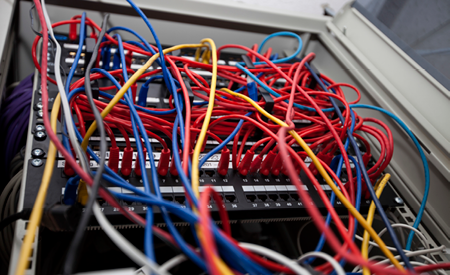
Whether they’re hanging from the ceiling, looped over racks or running across the floor without protection, poorly managed cables are safety hazards and can cause data center issues like downtime. If someone trips or falls – in addition to potential liability – a cable may be accidentally disconnected, causing unplanned network outages. Ladder rack runways, cable trays and even zip-ties are all options to keep cable secure and out of the way.
2. Propping Open Doors
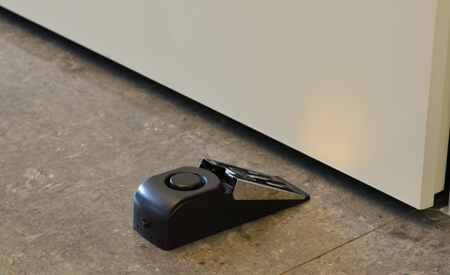
Propping open a door to improve airflow or cool down a space can create a potential security breach, invite unwanted creatures inside, expose your data center to dirt/dust and increase the potential for human error.
Open doors may cause curious coworkers to investigate. If someone from the accounting department, for example, notices the open door and happens to see you working inside, he may decide to pop in and ask you a question or ask what you’re working on. In addition to being a distraction, if this person accidentally touches or leans against something he shouldn’t – he may cause data center issues in the process.
3. Eating or Drinking Inside

It’s tempting, especially if you keep containers covered and away from equipment, to take food or beverages inside the data center – but the risks are too high. If something spills onto (or into) a piece of equipment, downtime may occur and equipment may get damaged (or at least be difficult to clean).
4. Freely Giving Out Keys and Access Codes

Custodians, maintenance staff, service personnel, interns … they all need data center access from time to time. But don’t grant them unlimited access by handing over an access-control card or key, or passing along the security code. Make sure you have systems in place to allow temporary, regulated access for specified periods of time. Even if the person in question forgets to turn his or her key back in, their access will expire so you don’t have to worry about potential breaches or other data center issues in the future.
Cabinet-level security is another option to consider. Anyone with access to your data center can steal valuable information from storage devices with a simple thumb drive, but securing the cabinets within the data center can prevent this.
5. Forgetting to Manually Check In
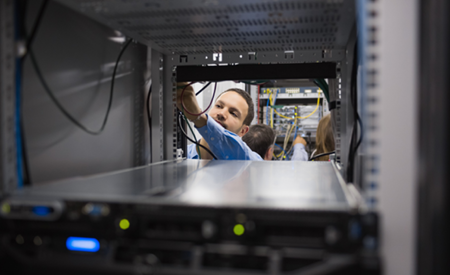
With DCIMs and environmental monitoring, it’s easy to manage your data center remotely. But physically being present can help you keep tabs on potential cable-management issues, incorrect temperature or humidity levels, etc. Make it a habit to regularly check on the space in person, even if it’s just for a few minutes.
Verify temperature and humidity levels, check to see if filters have been changed, ensure that maintenance logs are updated, check for loose equipment, verify visual alarms that may indicate a larger data center problem, etc.
6. Using Too Many Extension Cords
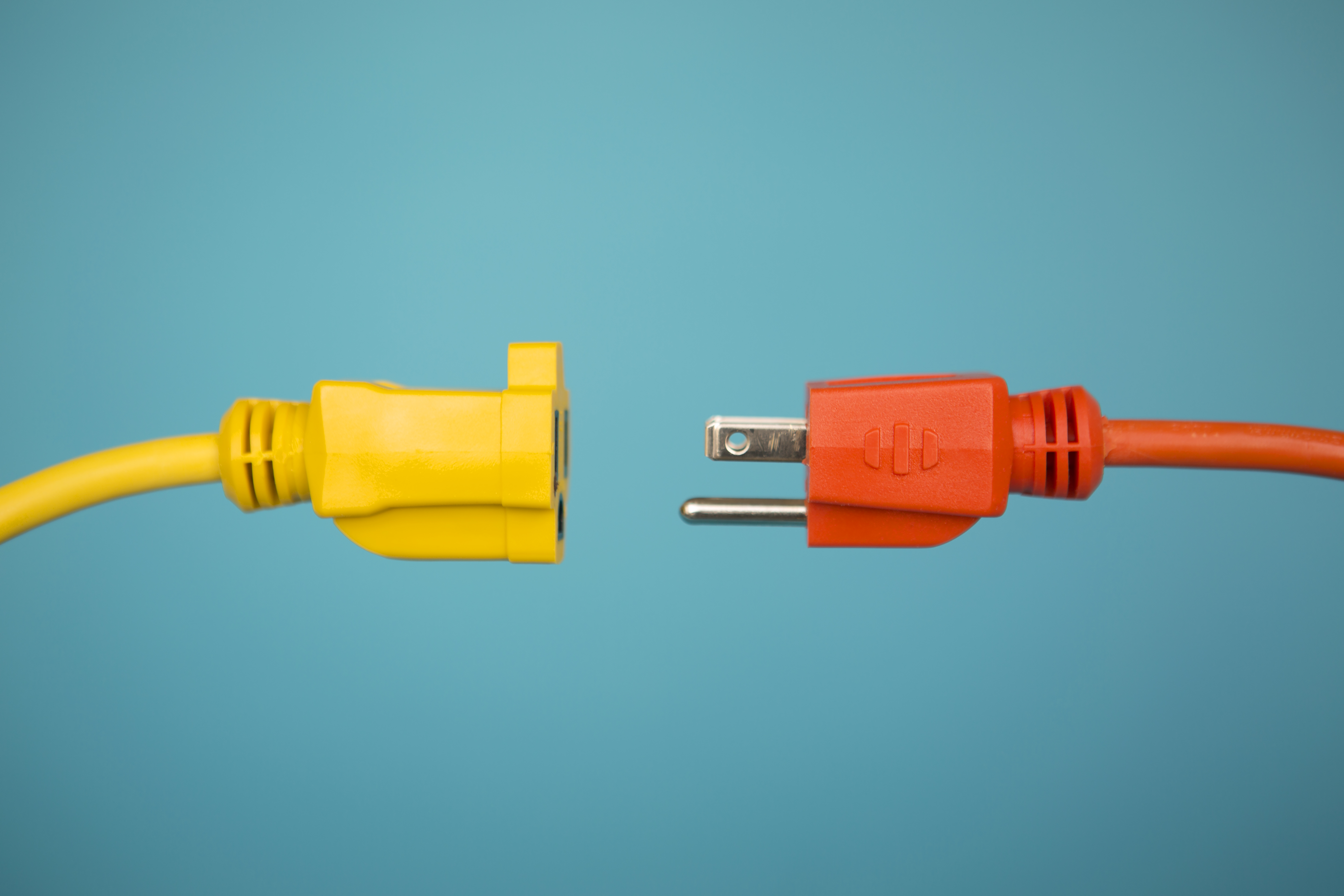
If power receptacles are scarce, extension cord and sockets are an inviting alternative. But they’re often extended indefinitely as needed without taking time to calculate loads and power consumption. This can cause overloads or trips, ultimately taking vital equipment down if a receptacle is overloaded.
7. Never Getting an Outside Opinion

You may not notice security gaps, growing pathway congestion or poor airflow – but someone who’s not familiar with your data center likely will. Consider bringing in a third party to conduct regular audits. This can help you uncover potential data center issues and gain a better understanding of overall data center performance.
8. Unpacking Equipment Inside
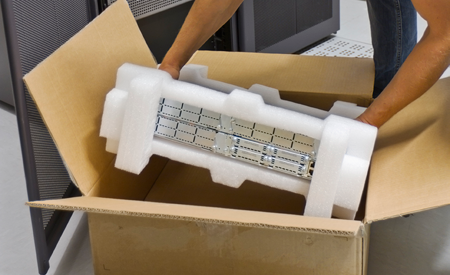
Cardboard, wood and paper packaging can shed large amounts of contaminants and stir up dirt and dust when opened. Refrain from unpacking or uncrating equipment inside the data center; do so in a separate, designated area instead.
If any of these situations are plaguing your data center, or you’d like a fresh perspective on what you could do differently or more efficiently, contact us!
